In a world where myths often travel faster than facts, it's easy to fall prey to misconceptions that cloud our understanding of everyday phenomena. From the supposed dangers of microwave ovens to the myths surrounding solar eclipses and lightning strikes, scientific truths are frequently overshadowed by fear and folklore. This article aims to peel back the layers of misunderstanding and bring clarity where confusion has long reigned. By exploring the science behind common beliefs, we’ll see how a little curiosity and evidence-based reasoning can illuminate the truth, helping us replace fear with knowledge and myth with fact.
Microwave cooked food is unhealthy?
Before you start believing that microwaves can make your food carcinogenic or some other rumor which says that heating food in a microwave oven is bad for health, at least get to know microwaves a little bit.
Microwaves are electromagnetic waves. We are familiar with electromagnetic waves as light as well as radio waves used in mobile communication are also electromagnetic waves. These waves are all around us! Microwaves are just another form of these waves. But there are other forms of electromagnetic waves such as X-rays or Gamma rays, which can be harmful and even dangerous.
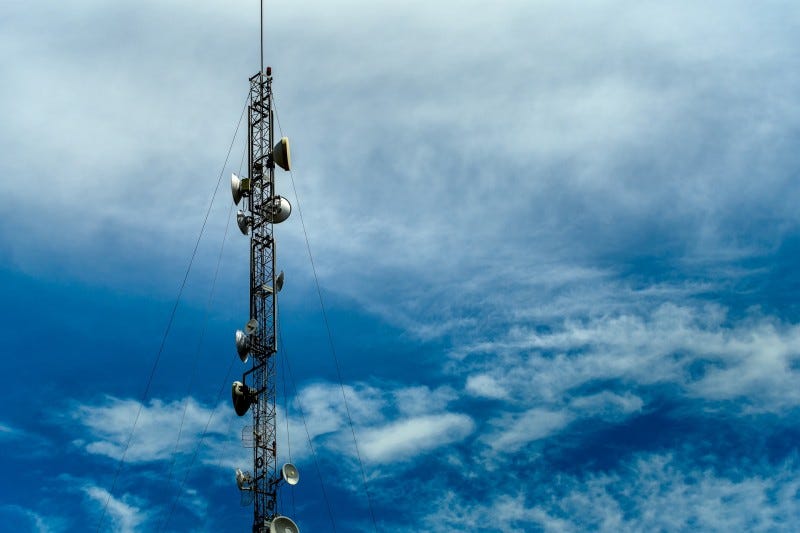
So what is it that makes an electromagnetic wave like light and radio safe while making other forms like X-rays or Gamma rays dangerous? This has to do with the frequency and as a result the energy of the wave.
The energy (E) of an electromagnetic wave is directly proportional to the frequency (f) of a wave and can be calculated using this simple equation:
E = (6.63 × 10–27) f
The higher the frequency, the more energetic a wave is and ultimately more harmful.
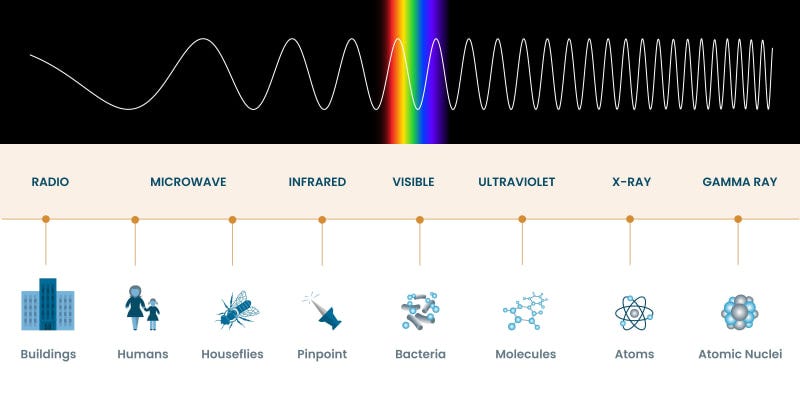
It is our nature to be able to detect light waves, and our daily routines are dependent on it. Our bodies are used to being around light waves so the energy of light can’t be enough to harm us. If an electromagnetic wave has greater frequency than light, it could be considered harmful but if the wave has frequency lower than light then there is no question of it being harmful.
Here’s the important part, the frequency of microwaves is lower than light. So it can’t be harmful as we are used to more energetic forms of electromagnetic waves. But those waves of frequency greater than light including X-rays and Gamma rays are very much harmful to us for the same reason, that their energy is greater than light.
Every molecule vibrates naturally at a specific frequency. The wood, metal, glass, all vibrate at their own frequency and that is known as their natural frequency. If we try to forcefully vibrate any material say glass at the same frequency at which glass molecules vibrate naturally, a phenomenon called Resonance occurs. You might have seen advertisements in which a woman singing breaks the glass in her hand with her voice. The advertisements may be fake but this can actually happen if the vibration of her sound matches the natural vibration of glass. Resonance is exactly what occurs when we place water containing food in the oven.

In a microwave oven, microwaves are set to a specific frequency that matches the natural frequency of water molecules. When we place food inside the oven, the microwaves make the water molecules in food vibrate at great speed and this vibration results in the production of heat that warms the food. If the food has no water molecules, it will not get hot. Try it! Place a dry piece of paper into the oven and see if it gets hot. Then sprinkle a few drops of water and check again.
As our bodies also contain water so if plunge our hand inside a microwave oven while it is turned on, our hand will get burned as the microwaves will heat the blood inside. But this doesn’t mean that the food we heat in the oven is carcinogenic or harmful in any other way. It is perfectly safe to consume microwave cooked food.
Looking at a Solar Eclipse is dangerous?
This is perhaps one of the biggest scientific misconception that people have. Almost everyone believes it. The reason behind this are the warnings that everyone receives whenever there is an eclipse. People are warned not to look directly at an eclipse as it can destroy the retina in their eyes or even make them blind according to some.
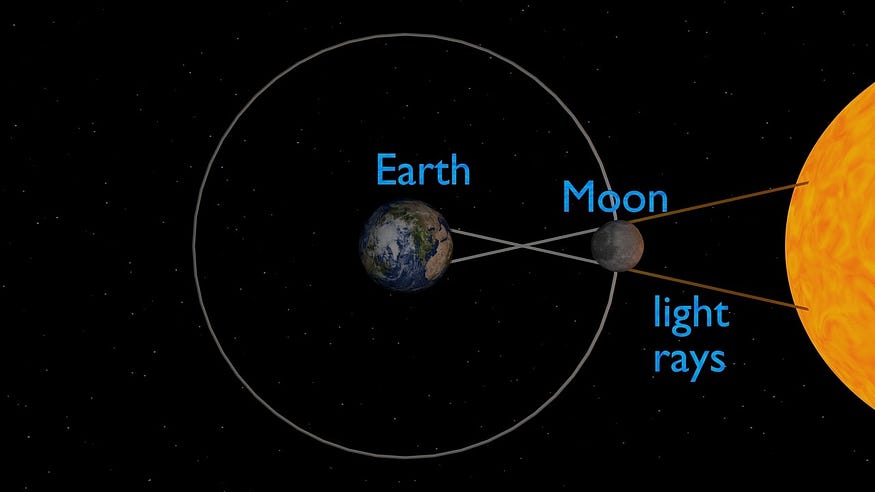
Looking at the Sun directly is dangerous at all times, not just during an eclipse. There is no special phenomenon during an eclipse that makes it more dangerous to look at the Sun during that time. If anything, the danger of damaging our eyes is somewhat reduced when looking at the Sun during the eclipse than under normal circumstances.
To understand why? Let’s suppose there is a very bright light bulb in your house that you can’t look directly at for very long. If there is an object in front of the bulb that is partially blocking some of the light from the bulb to reach your eyes, would it be easy or difficult for you to look towards the light bulb now.
Same thing could be said about the Sun which is a gigantic bulb and moon is the object which comes in front of it to block some of the light and you see its silhouette which is astonishing to view. So now you will be thinking that why we receive the warnings if it is safe to look at the Sun.
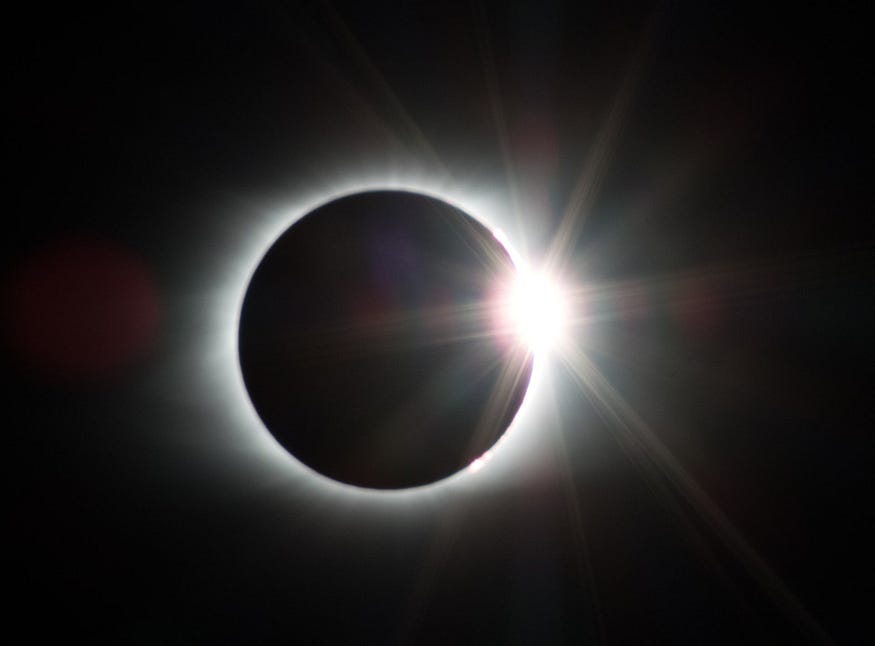
If you read those warning again and this time with all this in mind, you will also find that those same warnings also say that when the Sun is fully eclipsed you can take off your protective equipment and look at it until the full eclipse lasts but as soon as the Sun is even partially uncovered you have to put your protective equipment back on.
There are some false theories which claim that the gravity of the moon acts as a lens converging the light waves around it towards the earth. But if this was the case and the eclipse was somehow dangerous for our eyes, then a full eclipse should be more dangerous than a partial one. But how is it that the full eclipse becomes completely safe to watch? So actually the rays of Sun are dangerous for our eyes and not the eclipse.
Lightening can’t strike at the same place twice?
Lightening can strike at any place any number of times provided the right conditions. There is no hard and fast rule which says that lightening can’t strike a place more than once. It may be unlikely or rare as the conditions in the clouds change very rapidly during the storm and the clouds are moving constantly but it is not impossible.

If an object has been struck once, it is no less likely to be struck a second time. The shuttle launch pad at Cape Canaveral gets hit time and time again, sometimes more than once in the same storm. How about the Empire State Building in New York City which gets struck by lightning about 25 times per year. Even a park ranger Roy Sullivan was struck by lightning 7 times!
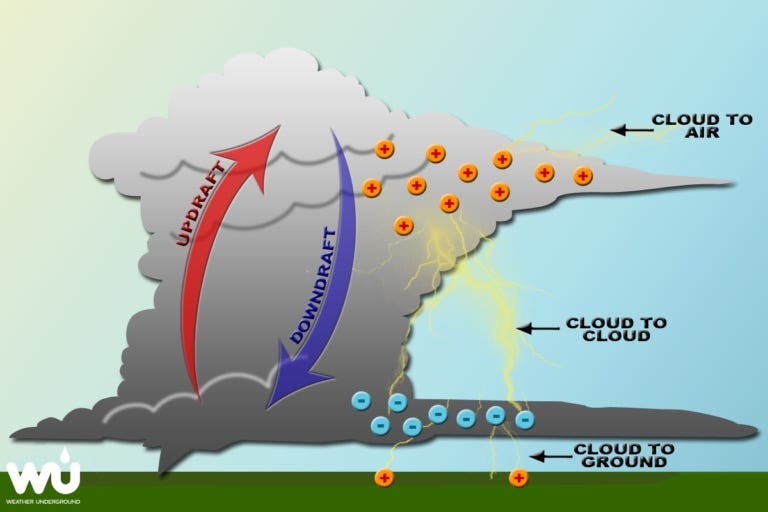
As ice crystals high within a cloud flow up and down in the turbulent air, they crash into each other. Small negatively charged particles called electrons are knocked off some ice and added to other ice as they crash past each other. This separates the positive (+) and negative (-) charges of the cloud. The top of the cloud becomes positively charged while the base of the cloud becomes negatively charged.
Because opposites attract, the negative charge at the bottom of the storm cloud wants to link up with the ground’s positive charge. The accumulation of electric charges has to be great enough to overcome the insulating properties of air. Once the negative charge at the bottom of the cloud gets large enough, a stream of negative charges pours down towards a high point where positive charges have clustered due to the pull of the thunderhead.
The connection is made and the protons rush up to meet the electrons. It is at that point that we see lightning and hear thunder. A bolt of lightning heats the air along its path causing it to expand rapidly and thunder is the sound caused by rapidly expanding air.

It is often believed that lightning strikes the highest point. Well it is true but in a vague sense of the matter. But in reality it is not always true because the electron always take the shortest or the easiest route possible. In electric circuits, a short circuit is when the electron gets an alternative route to flow that has relatively little resistance.
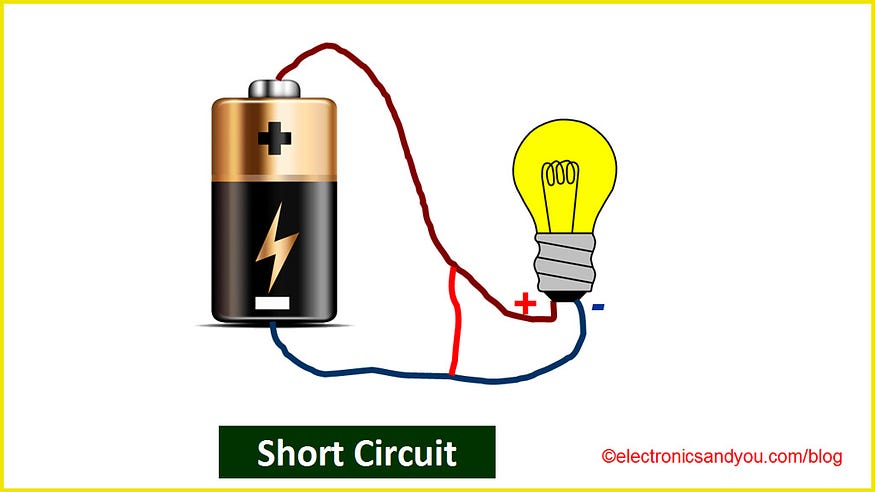
Lightning strike also follow a path that has the minimum resistance. In most situations lightning strikes the point which is nearest to the negatively (-) charged clouds because this route offers the least resistance. Where there is only a single high point in the area lightning will strike the highest place but where there are several high points, it will strike the point which is nearest and as a result has the minimum resistance.
Cold sensations are due to low Temperature?
The air in the room that you are in has a certain temperature, which can be measured using a thermometer. The things in your room, which don’t generate their own heat or use electricity, such as a table, books, door, wardrobe, also have the same temperature as that of the air in your room.

If you try touching the wood of the door with one hand and its knob with your other hand. You should feel the knob to be colder than the wood. Both the knob and the wood have the same temperature and you can verify that using a thermometer. So why do you feel the knob to be cold compared to the wood?
This happens because the feeling of coldness has nothing to do with the temperature. The temperature refers to the degree of hotness or coldness of an abject but whether we feel hot or cold doesn’t necessarily depend on the temperature.
You feel cold when heat from your body is being lost to the surrounding, and hot when heat from the surrounding is entering your body. The wood doesn’t feel as much cold as the knob because wood is not a good absorber of heat while metals tend to absorb heat quickly. So the knob feels colder than the wood as your hand is losing more heat.
Heat has a tendency to move more from higher temperature towards lower temperature. Whenever two objects with different temperature interact with each other, heat will move from the hotter object to the colder one until they both have the same temperature. Our bodies normally have a temperature 37 C or 98 F.
When the surrounding temperature is lower than our body temperature, heat moves out of our body and we feel cold. Our bodies need to produce heat from our food intake and also have to retain as much heat as possible. If the body is not able to maintain its heat we get Hypothermia, a medical emergency that occurs when your body loses heat faster than it can produce heat, causing a dangerously low body temperature.
Similarly when the surrounding temperature is higher, we feel hot because heat is entering our body from the surrounding. Our body has to keep cool by sweating or filtering out heat by producing more urine, kind of like an air conditioner. If the body is unable to keep cool, we get Hyperthermia, a condition in which the body’s heat-regulation system becomes overwhelmed by outside factors, causing a person’s internal temperature to rise.
When the surrounding temperature is equal to our body temperature we still feel hot because the heat produced inside cannot be directly lost to the surrounding and the body needs to release this heat using other methods. We normally prefer to live in room temperature (20C or 68F) that is lower than body temperature because the body feels at ease. Our body needs to keep releasing heat to the surrounding because it usually has an excess of heat due to the chemical processes happening inside our bodies at all times.



0 Comments
No comments yet. Be the first to comment!